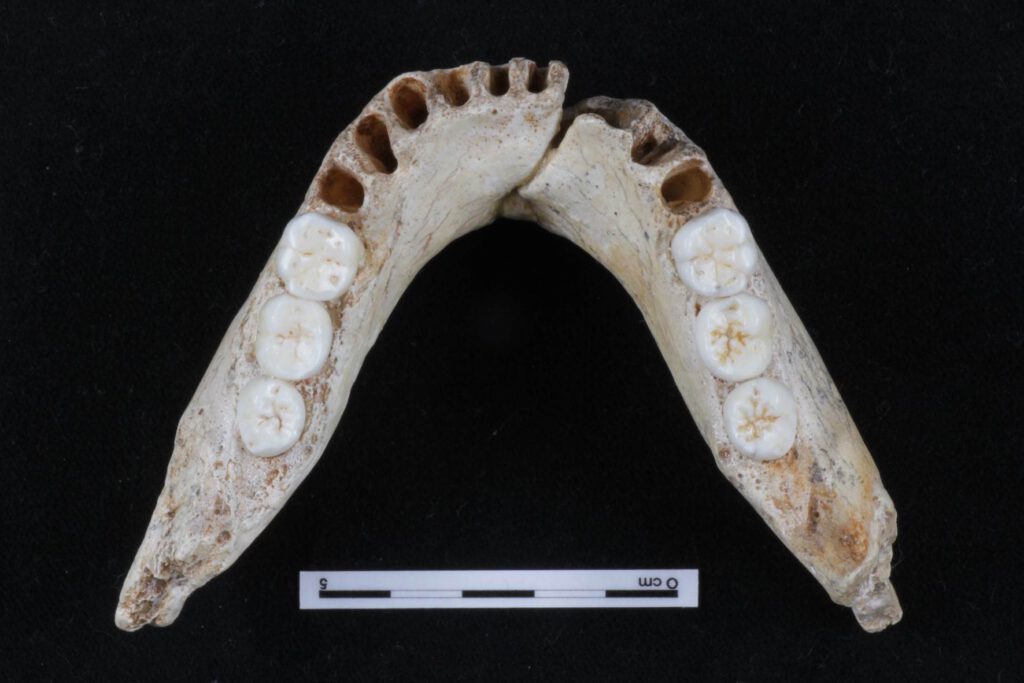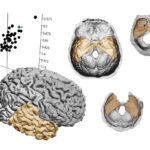New study of molar size regulation in hominins

The molar size relationship is one of the peculiar characteristics of the different species of hominins and various theories have been proposed to account for this, as well as the differences in shape between the different kinds of teeth (incisors, canines, premolars and molars). The latest theory, called the inhibitory cascade model, arose out of experiments with mice embryos, and in 2016 it was applied theoretically to fossil hominins, with satisfactory results.
It appeared that all hominins satisfy the inhibitory cascade model. In a paper by the Dental Anthropology Group at the Centro Nacional de Investigación sobre la evolución Humana (CENIEH), published recently in the Journal of Anatomy, this model was tested on the molar sample from the individuals identified at the Sima de los Huesos site, situated in the Sierra de Atapuerca (Burgos).
The results match the model generated in mice extraordinarily well, thus confirming the theory’s utility once more. “Nevertheless, our conclusions have brought out an anomaly in the model, when it is applied to the oldest species of the genus Homo”, explains José María Bermúdez de Castro, Paleobiology Program Coordinator at the CENIEH and lead author of this work.
Increasing and decreasing patterns
In the genera Ardipithecus, Australopithecus and Paranthropus, as well as in Homo habilis, the size pattern is increasing and fits the premises of the inhibitory cascade model perfectly. The same thing happens in Homo sapiens, except that the pattern is decreasing, with the first molar larger than the second, which in turn is bigger than the third one (wisdom tooth).
Application of the inhibitory cascade model had led to the assumption that the switch from increasing to decreasing pattern would have arisen a little under two million years ago, perhaps coinciding with the transition between the genera Australopithecus and Homo. “However, in our work we noticed that this change could have required at least a million years to take place”, states Bermúdez de Castro.
The hominins from the Sima de los Huesos, which are around 430,000 years old, are a good example of that transition, whereas most specimens of Homo ergaster, Homo erectus, Homo antecessor and Homo heidelbergensis, as well as other species, do not fit the inhibitory cascade model. “Our idea is to continue our research to determine which genetic mechanisms lie behind this anomaly in the model”, says Bermúdez de Castro.
Full bibliographic information


